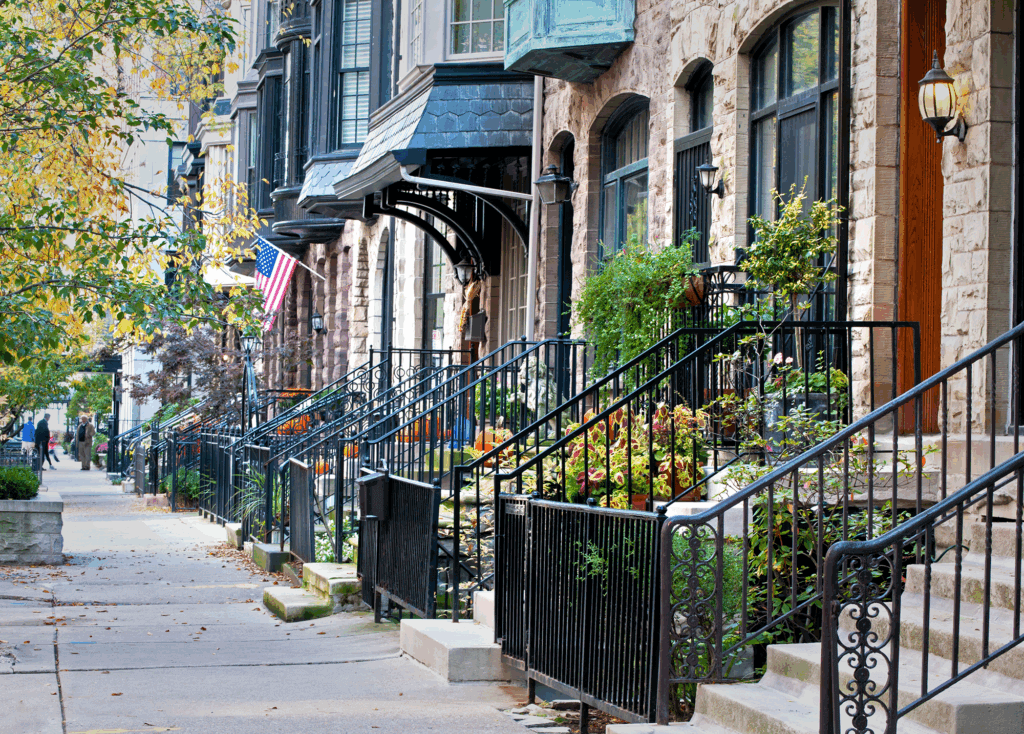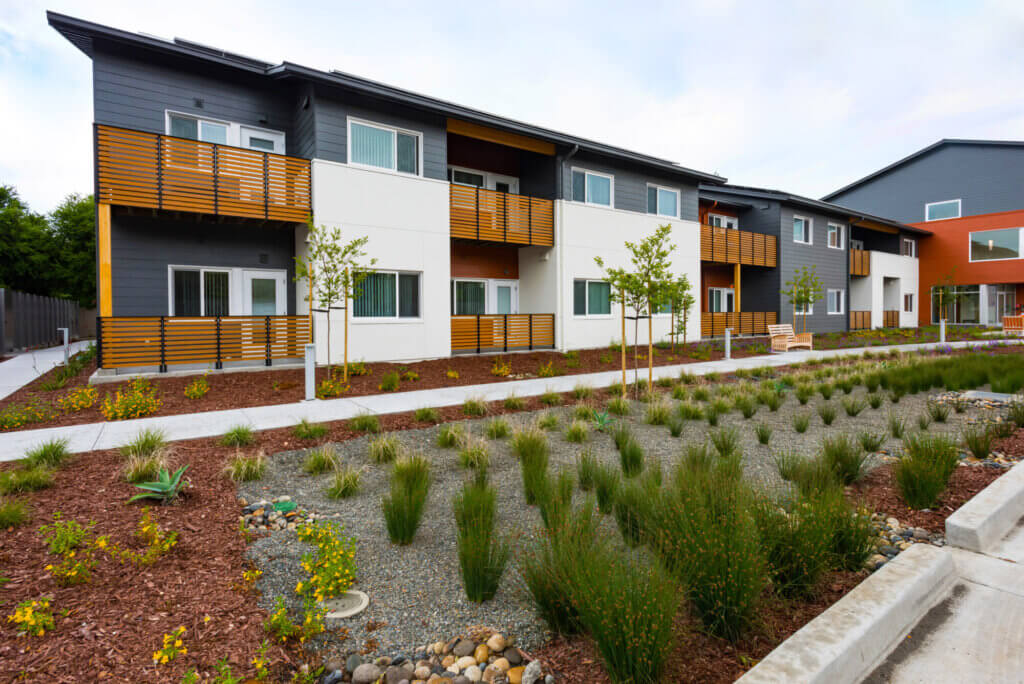Four Tools for Stimulating Economic Recovery Through New Homebuilding
Published On June 25, 2020
The Terner Center, in collaboration with SPUR, has released a framework for how state policymakers can prioritize and expand housing production in California in the near future. While economic recession is slowing homebuilding and existing cost burdens are made even more acute by the COVID-19 pandemic, policymakers must take action to ensure new housing production remains an essential piece of the state’s housing goals and recovery efforts.
California’s legislature and administration are already taking steps to support the production of new housing, including a housing production legislative package by Senate leadership and key production bills in the Assembly. Yet more can and should be done, and while the current crisis threatens budgets at the state and local levels, there are no- to low-cost policy levers at policymakers’ disposal to facilitate economic recovery through continued and expanded construction.
Authored by Managing Director Ben Metcalf, Policy Director David Garcia, and SPUR’s Senior Advisor Sarah Karlinsky, the new policy brief outlines four principles to guide new legislation and hold existing proposals accountable to:
- Maintain homebuilding momentum
- Expand where homes can be built
- Build homes faster
- Build homes more affordably
In concert with preservation and protection strategies, the high-level principles and specific policy pathways detailed in this brief are a first step towards broader housing reform in the state. Read more on our website here.





